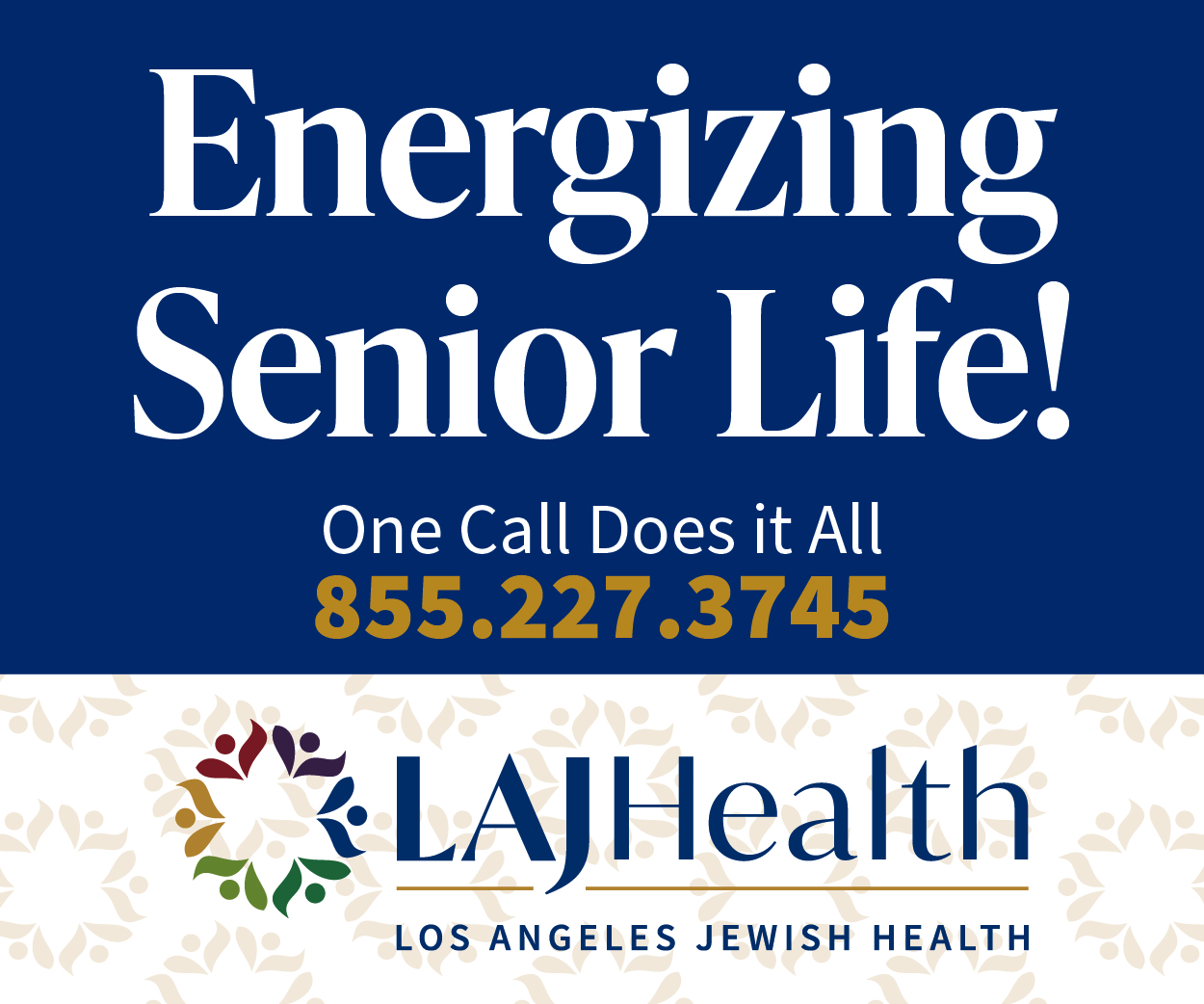Let’s Celebrate, it’s Yom Kippur!

One of the most common mistakes that modern Jews (including most Rabbis) make is that they believe that Yom Kippur is a sad day. A day of pain and suffering.
Nothing could be farther from the truth. Yom Kippur is without question a day of great joy!
All of Jewish history is filled with debates, and yet this concept of a joyous Yom Kippur is never contested by any of the great Rabbis for thousands of years. In ancient times, the Talmud specifically says in two places, “There were never in Israel greater days of joy than
Tu b’Av and Yom Kippur” (Mishnah Ta’anit 4:7 and 30b). In modern times the theology is continued with scholars as great as Rabbi Shlomo Riskin, the founding Rabbi of Lincoln
Street Synagogue and Chief Orthodox Rabbi of Efrat writing, “Yom Kippur must be seen
as a day of joy”.
Moreover, Yom Kippur is often referred to as “the Sabbaths of Sabbaths”. We are prohibited from sadness on the Sabbath to the extent that both burials and mourning are prohibited on the Shabbat. This practice of joy on the Sabbath is so important that if the ultimately sad holiday of Tisha b’Av (ninth day of Av) falls on the Sabbath, it is moved to the next day, and we observe Tisha b’Av and fast on the tenth day of the month instead of the ninth (as we did in 2022). But if the fasting day of Yom Kippur falls on Shabbat, we still fast on that day. The power of Shabbat increases the joy of Yom Kippur even more, as opposed to moving the holiday as it does for the sad Tisha b’Av.

Additionally, Yom Kippur is the greatest sign of God’s forgiveness for the Jewish people. The greatest collective sin of the Jewish people was the Golden Calf when the Tablets were destroyed on the 17th of Tammuz. And the ultimate sign of forgiveness was God giving us the second set of Tablets. If we track the calendar in the Torah, we see that the second Tablets were given to us on the tenth of Tishrei…Yom Kippur. The day itself is a day of forgiveness on all levels.
So if the texts and calendar consistently teach of the joy of Yom Kippur, why are so many Jews confused?
There are two main reasons for this common misunderstanding. The first is Catholic influence. In Catholicism, there are two types of holidays: fast days and feast days. Feast days are celebratory, and fast days are days of penance, pain, and sadness. Many modern Jews have adopted this Catholic practice, so they assume (incorrectly) that Yom Kippur must be a sad day. But we Jews are not Catholic, and their theology is, in this case, directly in opposition to Jewish beliefs about Yom Kippur.
The second reason that many Jews think Yom Kippur is sad is based on a mistranslation of the Hebrew text. The Torah says that on Yom Kippur we shall “v’initem et nafshoteichem” (Lev. 23:32 and Num. 29:7), often translated as “afflict your souls”, based on the word “v’initem” meaning to “afflict”. But the word also means “to sing out”, as in we are to “sing out” before God when we bring the first fruits (Deut. 26:5), and the description of the people partying with the Golden Calf uses the same word (Ex. 32) to define their raucous singing. As Rabbi Riskin eloquently defined the word, “It is reminiscent of the ululating sound of Sephardi women, used both at weddings as well as at funerals”. The commandment for Yom Kippur does not actually mean to afflict our souls, but rather to have our souls cry out in joy.
But if we are actually to celebrate on Yom Kippur, why do we fast?
The purpose of fasting on Yom Kippur is not to be in pain but to disconnect entirely from our physical reality and fully enter the spiritual reality of our soul. We consciously enter a purely spiritual awareness by removing all physical world activities: eating, drinking, wearing leather, bathing, using makeup or lotions, and marital relations. The idea is that by eliminating the physicality, we can focus on our spirituality. The Yom Kippur fast is not for penance, but to release us from the concerns of the physical world and increase our awareness of what is truly real and important: our spiritual awakening.
Years ago, I had a conversation with a friend who had never experienced joy on Yom Kippur, although she had always practiced the fasting of food and drink. I suggested to her to actually fully fast and refrain from the other four forbidden physical practices. She really didn’t want to come to temple without bathing or makeup, but said she would try for that year. At the break-fast after the holiday, she expressed to me how fully fasting, including the prohibition of bathing etc., had finally led her to a joyous Yom Kippur. She spoke of how she had gotten “high” for the first time during the holiday, and how magnificently joyous the holiday had become for her. She had finally experienced the teachings of our Sages and the power of the holiday.
So this Yom Kippur, try something new. Let go of the Catholic influence that has led you to think of Yom Kippur as sad. Really fast, refraining from all of the prohibited activities. And see how that leads you to the spiritual high that is waiting for you on Yom Kippur.
May we all have an easy fast, and experience the joy of a true Yom Kippur,
a true “Day of at-onement.”
Gemar Hatimah Tovah.




























